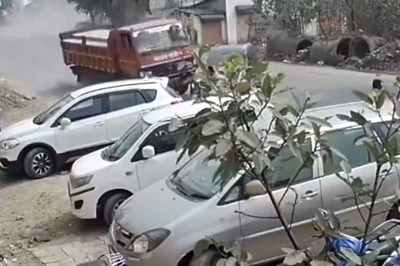
views
BANGALORE: Every year, the World Meteorological Day is celebrated on March 23 to commemorate the establishment of World Meteorological Organization’s in 1950. The theme this year is ‘Powering our future with weather, climate and water.’ On the occasion, City Express speaks with Director of Karnataka State National Disaster Monitoring Centre, V S Prakash, to take a look into the meteorological station networks set up by the Centre. Giving a peek into the future, Dr Prakash said, “To empower the future with proper water resources, it is important to have a strong monitoring system. Lack of proper weather monitoring system can lead to many a disaster and there will be no scope to manage it.”He said, “As far as our system goes, I can say we are not only leading in the country but in the entire sub-continent. We have installed about 2,000 rainfall monitoring centres around Karnataka. It is a high density network as many gram panchayats are facilitated with improved networks of rainfall monitoring system. In the next three years, we plan to make it available to all gram panchayats.” He stressed on the importance of this network and said, “We also have 200 weather monitoring systems, where data is available within 15 minutes. Capturing the variation in the data from one place to another is an important factor. Through these data, water resources can be determined, as we can predict rainfall pattern, which is the main source of water bodies. Thus, the basic premise remains: If you cannot measure, you cannot manage. So, we monitor to bring the necessary balance in our future course.”The International Meteorological Organization was established at the first International Meteorological Congress in Vienna, Austria, in 1873. The networks set by them improved weather forecasts. The Organization was renamed World Meteorological Organization on March 23, 1950 and it became the UN’s specialised agency for meteorology. It plays a crucial role in people’s safety and welfare.

















Comments
0 comment